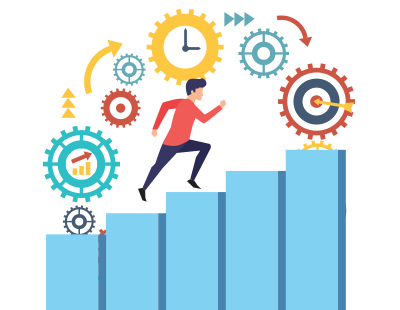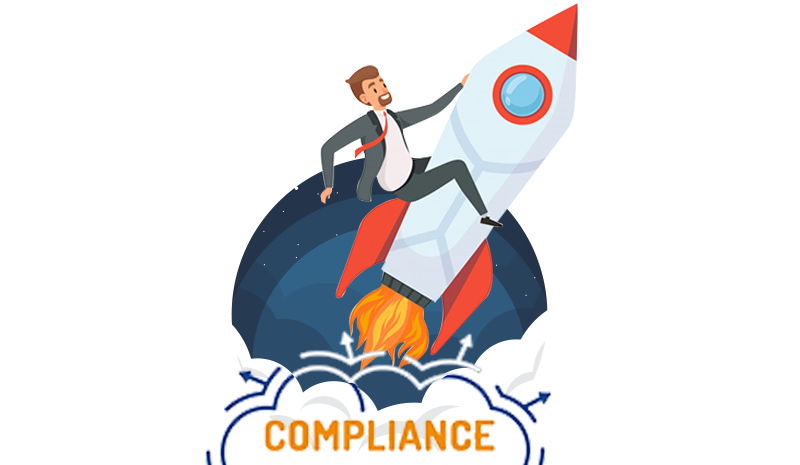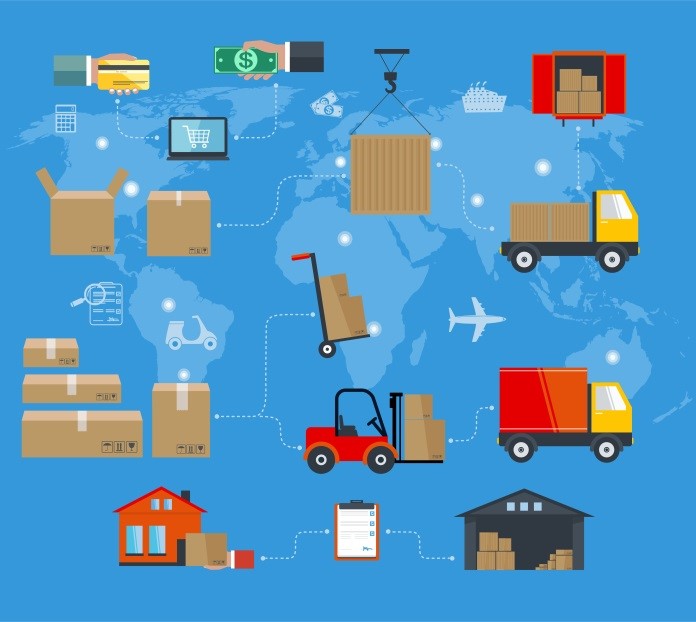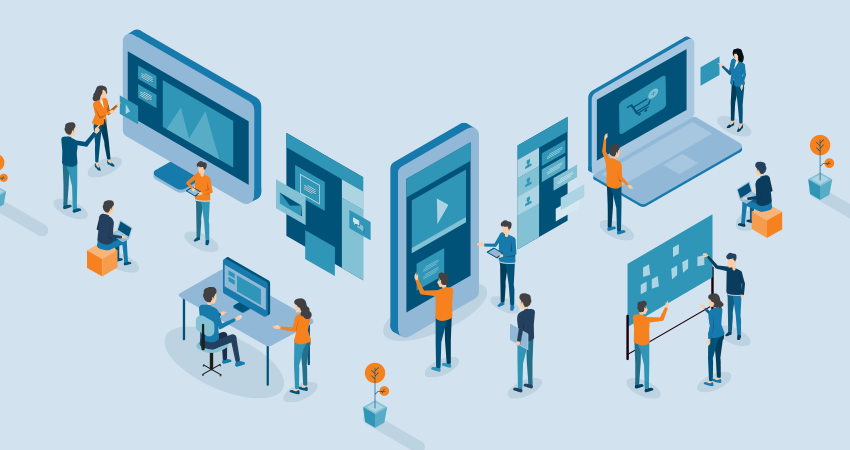Traditional vs. E-Procurement - What things have been changed by technology
 Over the course of its a journey through the years, procurement has gone through several changes and has evolved from a tactical function to a digitalized strategic process. During the traditional procurement process, the function was managed manually, which was heavily dependent on Excel sheets, paperwork and also on phone calls and in-person conversations. It was aimed simply at fulfilling goods and services for obtaining the right amount at the right price at the right time. While trying to handle procurement as a process of short-term purchasing rather than an integral part of business operations, companies overlook the value which a strategic approach can bring in. manual procurement has also handicapped a company's operations and potential for financial success, relying on time taking and tiring, repetitive tasks that didn't achieve success in generating significant savings or profit. And today, the traditional approach does not have any more space left to sustain.
Over the course of its a journey through the years, procurement has gone through several changes and has evolved from a tactical function to a digitalized strategic process. During the traditional procurement process, the function was managed manually, which was heavily dependent on Excel sheets, paperwork and also on phone calls and in-person conversations. It was aimed simply at fulfilling goods and services for obtaining the right amount at the right price at the right time. While trying to handle procurement as a process of short-term purchasing rather than an integral part of business operations, companies overlook the value which a strategic approach can bring in. manual procurement has also handicapped a company's operations and potential for financial success, relying on time taking and tiring, repetitive tasks that didn't achieve success in generating significant savings or profit. And today, the traditional approach does not have any more space left to sustain.
Improvement of Operational Efficiency
 There are several benefits that procurement professionals can enjoy by just simply shifting from a manual approach to an electronic one that takes the help of an e-procurement software. In times of manual approach, procurement operations were managed through paperwork and phone calls but moving them to the digital world, the operations can become automatic and can be speeded up with much faster processing which allows procurement practitioners to save time.
There are several benefits that procurement professionals can enjoy by just simply shifting from a manual approach to an electronic one that takes the help of an e-procurement software. In times of manual approach, procurement operations were managed through paperwork and phone calls but moving them to the digital world, the operations can become automatic and can be speeded up with much faster processing which allows procurement practitioners to save time.
With a cloud-native digital platform, each functionality can be streamlined and it helps to communicate with other functionalities. This feature increases the efficiency by notches and enables procurement professionals to complete the task in days that previously took weeks.
More visibility and transparency
In the case of the traditional procurement process, it was very difficult to track and manage the spending behavior and patterns. It lacked a clear streamlined view of operations and transaction which made it more difficult for companies to check on significant value or savings. By deploying an e-procurement software, the overall visibility and transparency of S2P processes are boosted which offers procurement professionals a more in-depth look into the spending behavior. With cloud-native technology, you can get access to more data at a time and through advanced analytics, the data is then aggregated, cleansed and classified for increasing spend visibility and enabling spend analysis.
Boost in Compliance
 When procurement was done manually, it was very difficult for managing relationships with suppliers and tracking their performance. E-procurement software helps companies with a comprehensive understanding of their purchasing transactions along with a stronger handle on the life-cycle of their contract with a supplier. With the implementation of technology, companies are now more efficiently monitor supplier performance to making sure that a supplier acts in compliance with contractual procedures.
When procurement was done manually, it was very difficult for managing relationships with suppliers and tracking their performance. E-procurement software helps companies with a comprehensive understanding of their purchasing transactions along with a stronger handle on the life-cycle of their contract with a supplier. With the implementation of technology, companies are now more efficiently monitor supplier performance to making sure that a supplier acts in compliance with contractual procedures.
With a traditional approach, companies also faced another challenge that the way employees handled procurement systems. The digital procurement system guarantees that the employees are acting in compliance with the selected vendors and contracts set up in their procurement system, helping to decrease the expenses.
Capturing more savings and values
 Procurement can be used effectively to increase a company's bottom line and generating more savings and values to the enterprise. The traditional approach used to downplay a focus on a strategy giving a more short-term purchase process treatment which failed to bring in significant savings and profit. But with a digital platform, companies can reach their financial goals more easily with strategic sourcing of suppliers, better management and visibility of spend.
Procurement can be used effectively to increase a company's bottom line and generating more savings and values to the enterprise. The traditional approach used to downplay a focus on a strategy giving a more short-term purchase process treatment which failed to bring in significant savings and profit. But with a digital platform, companies can reach their financial goals more easily with strategic sourcing of suppliers, better management and visibility of spend.
3 Steps To Better Procurement
How These 3 Core Strategies Determine The Outcome of Your Procurement Process
Request A Demo



